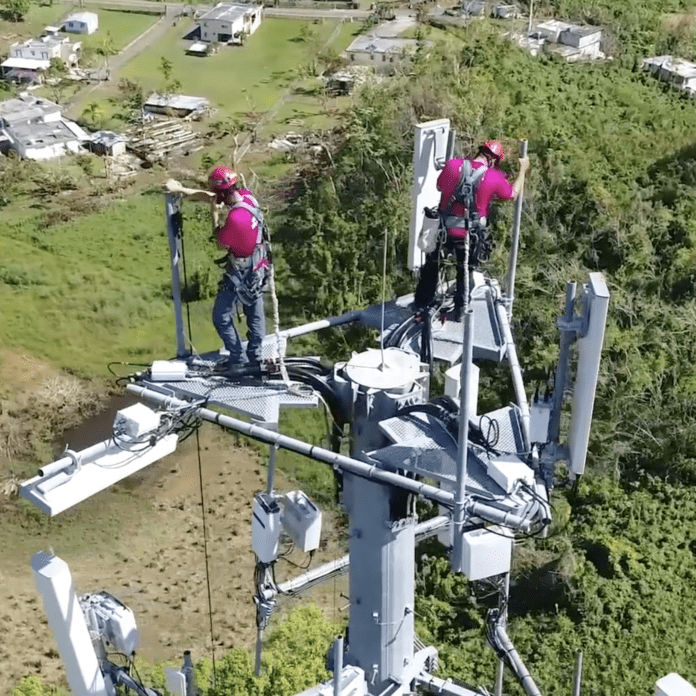T-Mobile’s enterprise goal is to be “top of mind for every CIO across America”
Verizon laid out its grand plan to deploy C Band spectrum at an investor event on Wednesday and, the following day, executives with T-Mobile US used the new competitive guidance to strengthen their own 5G messaging while looking forward to expected growth in rural markets, the lucrative enterprise sector, and in a home broadband market dominated by cable companies.
Here’s the detail of Verizon’s 5G strategy but, big picture, Big Red spent $45 billion on C Band spectrum and adjusted its capex guidance to include an additional $10 billion over three years, and plans to get between 7,000 and 8,000 C Band sites installed by year-end.
Focusing in on that $10 billion in capex, T-Mobile CEO Mike Sievert said, “That, to us, is fantastic news because it basically indicates they have no plans to densify their network by a material degree…Our grid is already at the appropriate density.” T-Mo’s Vice President of Technology Neville Ray said some of the commentary from Verizon “shook us all a little bit.” With their 2.5 GHz holdings gained via the Sprint merger, T-Mobile has “already got 125 million people covered, 200 million by the end of the year,” Ray said, also noting nationwide standalone 5G coverage with 600 MHz.
T-Mobile, and a broad range of technology and financial analysts, are convinced it has the lead on 5G from the network side, a point reiterated throughout the three-hour presentation. So what’s next? Notable (at least to me) was the repeated use of the word “platform.”
Company EVP and Chief Marketing Officer Matt Staneff described a platform play wherein 5G network leadership opens opportunities around enhanced mobile broadband, mobile edge computing and ultra reliable low latency communications; use cases mentioned were augmented and virtual reality, mobile gaming and enterprise connectivity. “T-Mobile will no longer be just a wireless phone company,” Staneff said, characterizing its network capabilities in the context of broader connectivity-backed digital enablement. “5G is going to be the technology powering the next decade of innovation…We’re going to be a major player in all 5G applications…No one is better positioned to deliver more scale, drive faster time to market, for these and other products to launch into the market.”
Mike Katz, executive vice president of T-Mobile for Business, also commented on work with the public sector and various industries to build a platform for growth beyond the core wireless business and support enterprise innovation investments.
According to T-Mo, it expects to double its market share in the enterprise sector over the next five years. Katz said, “The number one prerequisite for success among the [enterprise] customers we serve is network…That is a huge benefit for us in a category where the buying approach puts wireless companies in rigorous head-to-head testing against the incumbent.” He said T-Mobile’s advantages around 5G positions them as a “superior alternative to AT&T and Verizon.”
Katz said, in its effort to better address the disparate needs of verticals, T-Mobile would develop specialized sales and service teams attuned to the needs of those verticals. He said the goal isn’t just to be on enterprises’ radars but “top of mind for every CIO across America.”

